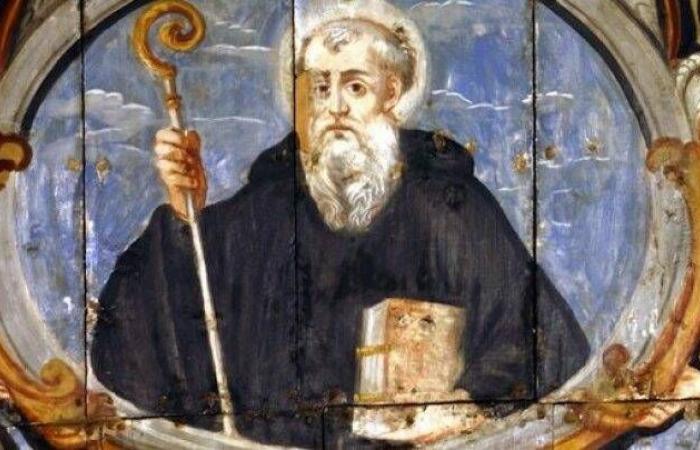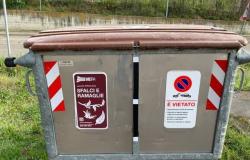Saint John of Matera for the “All Saints Days” column of June 20th.
June 20th is remembered Saint John of Matera. Saint John of Matera, born Giovanni Scalcione, was born around 1070 into a rich and noble, deeply Christian family. The biographical information on is deduced almost exclusively from a hagiographic text written by an anonymous monk of the community of Pulsano, written a few decades after the death of the holy founder and in any case before 1177. This is very summary information for his birth and childhood , while they become more detailed for the years of youth and maturity. A local tradition, indeed not ascertained by documentary sources, has him as a member of the Matera De Scalcionibus family. Still a young man, animated by an extraordinary spirit of piety, he abandoned his father’s house and headed to Taranto where he asked for hospitality from the Basilian monks of the Island of San Pietro, who entrusted him with the care of the sheep. Saint John of Matera traveled for a long time in southern Italy, leading a life of solitude and mortification, until he decided to return to Lucania, near Ginosa, where his parents had also moved, but without being recognized by them; here he took his penitent asceticism to its extreme consequences, depriving himself almost completely of food, drink and the use of speech for two and a half years. In the Ginosi countryside, near a church dedicated to Saint Peter, he founded a monastic community: according to tradition, it is said that for the restoration of the ruined church he resorted to a treasure found near the building, provoking greed and the ire of the local count, a certain Roberto di Chiaromonte. The latter had him imprisoned, probably also referring to the legislation regarding the discovery of treasures, but Giovanni miraculously managed to free himself from the chains and escape from the Lucanian town. In 1130 he founded the Congregation of the Pulsanesi Hermits also known as the Scalzi in the Abbey of Pulsano, near Monte Sant’Angelo, an autonomous monastic order that followed the rule of San Benedetto, reinterpreted in a more rigid key. In just six months the new community reached the aggregation of 50 monks and acquired great fame, so much so that it received bequests and land: for this reason another house was opened at the church of San Giacomo in Foggia and then a monastery in Meleda in Dalmatia facing the coasts of Gargano. It was in Foggia that San Giovanni da died on 20 June 1139; he was proclaimed a Saint by Pope Alexander III in 1177. His birthplace was transformed into a rock church, called the Old Purgatory, located in the Sassi of Matera and his relics, first placed under the altar of the Pulsano Abbey, in 1830 they were moved to Matera, where since 1939 they have been preserved in a sarcophagus in the Cathedral.
It was the precursor, together with other religious movements that arose between the 10th and 11th centuries, of the penitential life, poor and associated which will lead to the rise of more organized and larger mendicant Orders. In devotional art, Saint John of Matera is depicted with a white monk’s habit and a long gray beard; among the iconographic attributes usually appears the crozier and at his feet an angel holding a miter.




